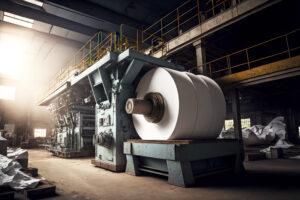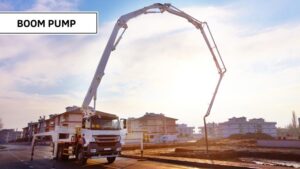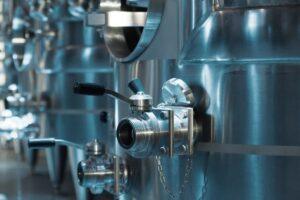
The years-long shift from fossil fuels to renewable power plants leaves many questions about environmental impacts unanswered. While clean energy reduces carbon emissions, its complete environmental footprint deserves scrutiny. From panels stretching across deserts to turbines dotting shorelines, renewable infrastructure reshapes landscapes in ways both expected and surprising. In this article, we will pull back the curtain on various renewable technologies, revealing benefits alongside rarely-discussed ecological concerns, to paint a complete picture of what “green” energy actually means for our planet.
Understanding Renewable Power Plants
Renewable power plants capture naturally replenishing energy sources – sunlight, wind movement, flowing water, Earth’s heat, or organic matter. Unlike their fossil fuel counterparts, these facilities harvest energy that naturally regenerates rather than depleting finite resources.
Several terms describe these power generation facilities. A power station converts any energy source into electrical output. Thermal power stations specifically generate electricity by heating water into steam that spins turbines. While coal plants fit this description, so do concentrated solar facilities and geothermal operations that use heat to create steam.
The operational contrast between conventional and renewable facilities runs deep. Traditional plants combust extracted carbon-based fuels, releasing long-sequestered carbon dioxide. Renewable facilities instead capture energy actively moving through our environment. This shift eliminates operational emissions, frees operators from volatile fuel markets, and keeps energy dollars circulating locally.
Legitimate challenges exist nonetheless. Renewable installations typically require more physical space than conventional plants with equivalent output. They demand specific raw materials that create manufacturing challenges. End-of-life disposal also presents unique difficulties. These factors matter when assessing the complete environmental equation.
Solar Power Plants: Harvesting the Sun Responsibly
Solar power plants come in two primary varieties: photovoltaic solar plants convert sunlight directly into electricity through semiconductor materials, while concentrating systems use mirrors to focus sunlight onto receivers that heat transfer fluids. Both approaches deliver clean energy production during operation, though their full ecological footprint extends beyond day-to-day electricity generation.
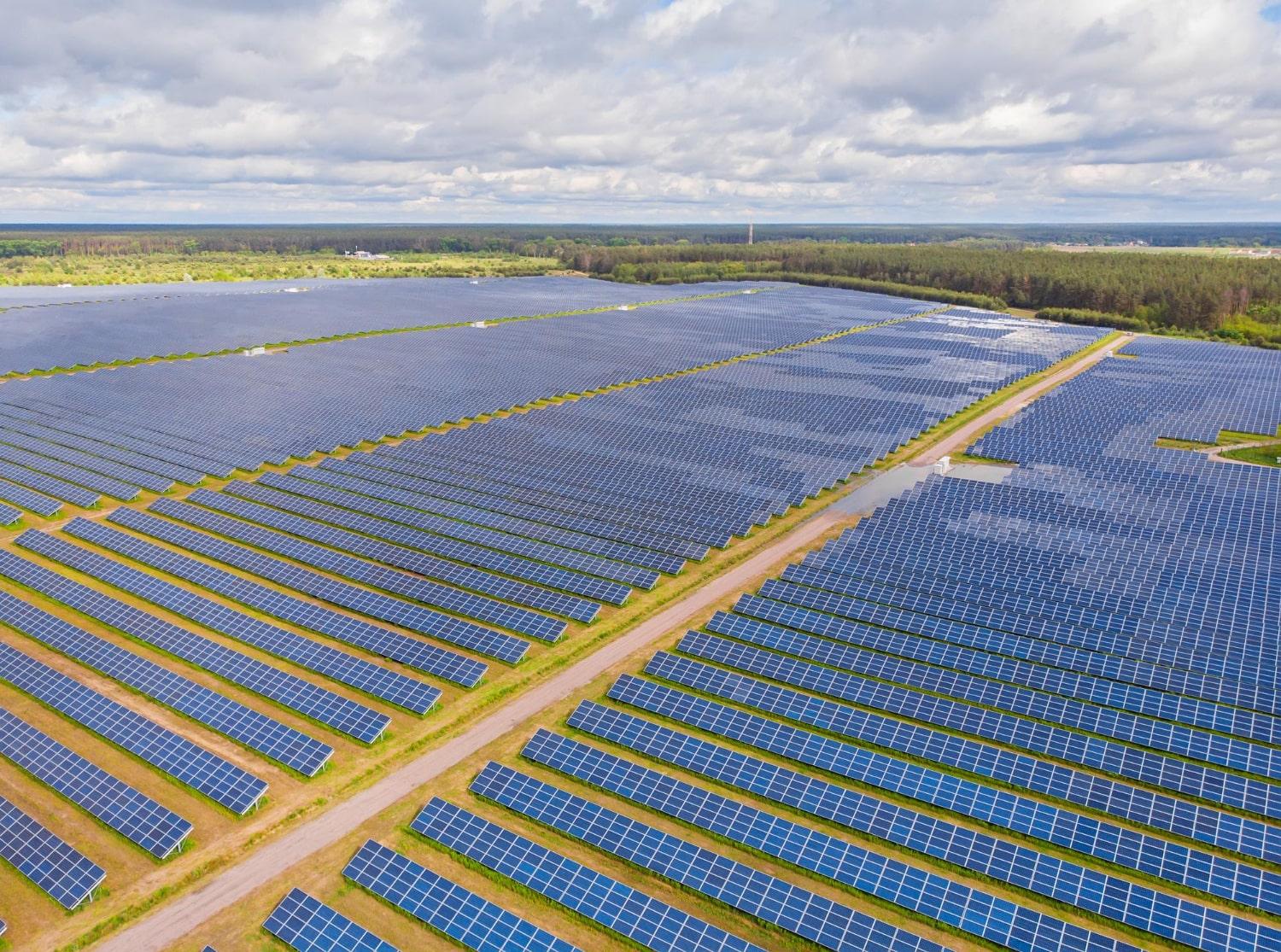
Land Use and Habitat Considerations
Utility-scale solar facilities consume substantial acreage – a 100-megawatt plant might spread across 500-1,000 acres. Desert regions with abundant sunshine often host these installations, potentially fragmenting habitats or displacing specialized desert species. Many developers now implement wildlife-friendly designs by maintaining native vegetation between panel rows or creating designated wildlife corridors through facilities, showing how careful planning can minimize disruption.
Material Sourcing Challenges
Solar panel manufacturing requires various metals – aluminum framing, copper wiring, silver conductors, and sometimes scarce elements like indium. Mining and processing these materials can degrade habitats, pollute waterways, and exhaust soils at extraction sites, often located continents away from installation locations. The geographical disconnection between material source and final installation often obscures these upstream impacts.
End-of-Life Management
Most solar panels function for 25-30 years before efficiency declines necessitate replacement. While glass, aluminum, and semiconductor materials within panels can be recycled, specialized recycling facilities remain scarce. Expanding recycling infrastructure stands essential as early solar installations approach retirement, creating urgent questions about handling these materials responsibly.
Despite these considerations, solar energy maintains an environmental advantage. Research consistently demonstrates that emissions prevented during a panel’s operating lifetime significantly outweigh manufacturing carbon costs, with energy investment typically recovered within two years of operation.
Wind Farms: The Complexities of Clean Energy
Wind farms harvest atmospheric motion, converting wind’s kinetic energy into electricity through turbine rotation. Cost-effectiveness makes wind increasingly competitive with conventional generation. Modern installations operate either on land or offshore, with each location presenting unique environmental considerations.
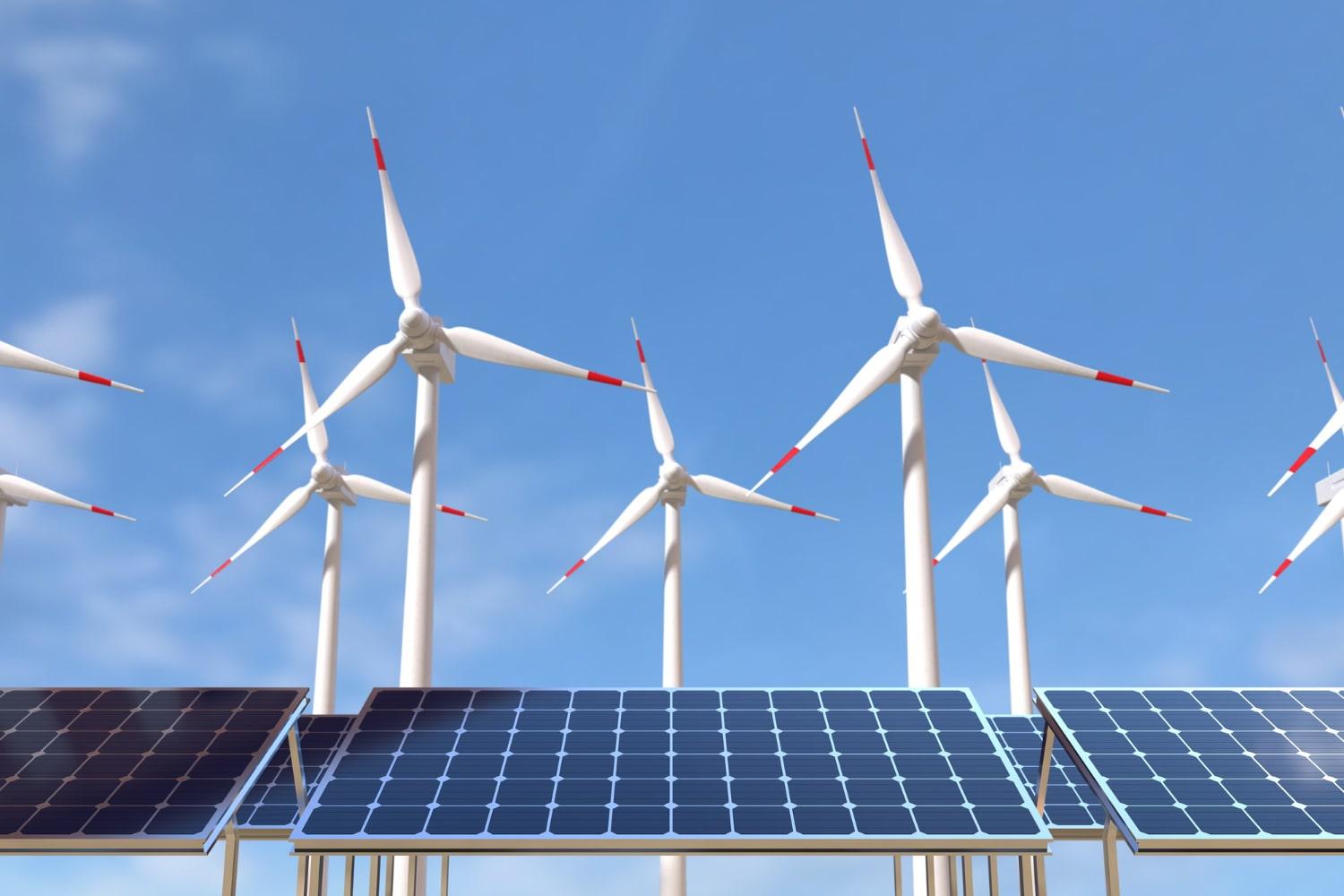
Wildlife Impact and Mitigation
Bird and bat collisions with turbines generate legitimate concern. Research shows that strategic siting away from migration pathways significantly reduces wildlife impacts. Context matters – buildings, vehicles, and domestic cats cause exponentially more avian deaths annually than wind turbines. Engineering advancements continue producing wildlife-friendly designs, including detection systems that pause turbine operation when large birds approach.
Community and Visual Considerations
Wind development sometimes faces resistance from nearby communities. Early turbine models generated considerable mechanical noise, though modern designs have largely resolved this issue. Visual transformation of landscapes remains subjective – some see turbines as industrial intrusions while others view them as symbols of progress. This aesthetic debate continues shaping wind development patterns.
Offshore Wind Developments
Moving turbines out to sea solves land scarcity issues but creates new marine challenges. Drilling foundations into the seabed tears up habitat temporarily, and the racket during construction sends sound waves that disorient whales and dolphins. But here’s the twist – once built, these steel towers become miniature underwater cities. Fish shelter among support structures, mussels and barnacles colonize surfaces, and gradually, a richer ecosystem develops where before there was only open water.
Technological Improvements
Ongoing innovation addresses remaining challenges. Floating platforms allow turbine placement in deeper waters, potentially reducing nearshore environmental pressures. Taller towers with longer blades capture stronger, more consistent winds, requiring fewer turbines for equivalent output. Blade recycling – historically problematic due to composite materials – continues advancing through new processing techniques. Leading manufacturers are continuously innovating in blade recycling and the development of more sustainable materials for next-generation wind turbines.
Hydroelectric Power Plants: Powerful Yet Problematic
Hydroelectric power plants work like nature’s batteries – they catch falling water and spin it into electricity we can use anytime, not just when the sun shines or wind blows. Some sprawl across valleys behind massive concrete walls, while others sit quietly in rivers, sipping energy from the current without drowning the landscape upstream.
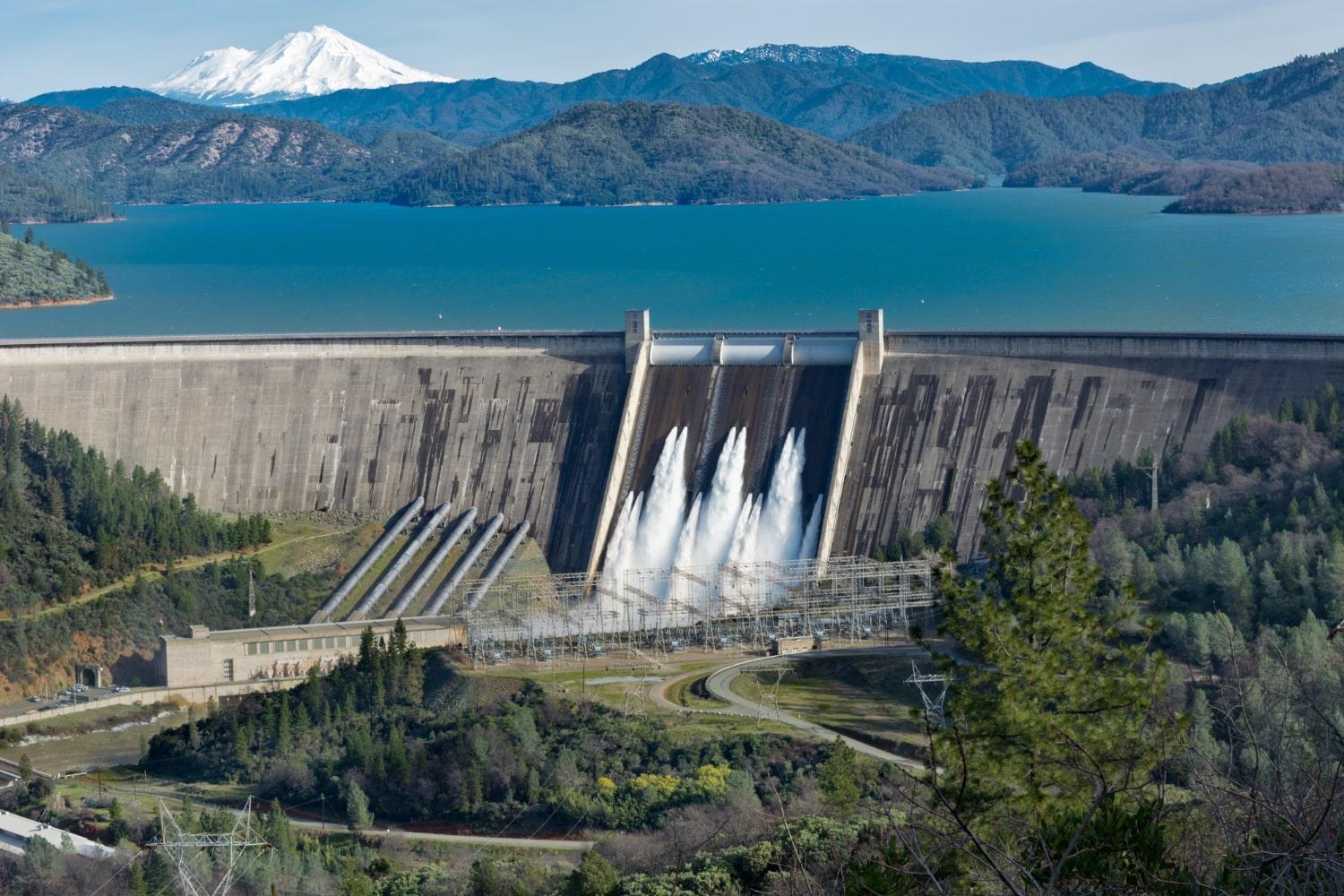
Ecological Disruption
Large dam projects fundamentally transform river ecosystems. Physical barriers block fish migration routes, potentially devastating species that travel between freshwater and marine environments during their lifecycle. Dams trap sediment normally carried downstream, causing downstream riverbed erosion and limiting nutrient delivery to estuaries. Reservoir releases often differ in temperature and oxygen content from natural flows, stressing aquatic organisms adapted to historical conditions.
Climate Vulnerability
Changing precipitation patterns introduce unexpected vulnerabilities for hydropower. Extended drought periods increasingly affect generation capacity – California saw hydroelectric output drop approximately 48% during recent drought years. As climate instability reshapes regional hydrology, facilities designed under historical rainfall patterns face reliability challenges.
Small-Scale Alternatives
Smaller hydroelectric projects offer generation with a reduced ecological footprint. These systems typically operate without large reservoirs, preserving natural flow patterns crucial for river health. Fish-friendly turbine designs and effective passage systems maintain ecological connectivity while still producing valuable electricity, demonstrating how thoughtful engineering can balance generation with ecosystem preservation.
River Restoration Efforts
Dam removal represents a growing restoration approach for aging, less productive facilities. The Elwha River project in Washington State exemplifies this trend – dam removal allowed salmon access to historical spawning grounds for the first time in nearly a century. Such projects demonstrate that river systems can recover when barriers are removed, though complete ecosystem restoration often requires decades.
Are Hybrid Energy Systems the Future?
Though solar, wind, and hydropower dominate renewable conversations, additional technologies expand clean energy possibilities. Geothermal systems extract Earth’s internal heat for consistent, baseload generation with minimal land footprint, though geographic limitations restrict widespread deployment. Biomass facilities convert organic materials to electricity, providing dispatchable power while raising questions about sustainable feedstock sourcing and air emissions.
Hybrid System Benefits
Combined generation systems overcome the limitations of individual technologies. Solar facilities paired with battery storage provide electricity after sunset, while wind-solar combinations smooth generation patterns throughout daily and seasonal cycles. These integrations maximize transmission infrastructure utilization while delivering more consistent output than standalone facilities.
Smart Grid Integration
Advanced grid technologies increasingly support renewable generation. Sophisticated forecasting tools predict solar and wind output days ahead, while automated control systems coordinate diverse generators across wide geographic areas. These innovations allow higher renewable penetration without compromising reliability, demonstrating how software solutions complement hardware deployment. For efficient water management in geothermal systems and other renewable applications, electricity pumps enhance performance in hybrid setups.
Repurposing Conventional Infrastructure
Thermal power stations increasingly find new roles supporting renewable-dominant grids. Some facilities transition from coal to natural gas or biomass, reducing carbon emissions while providing dispatchable capacity that complements variable renewables. Others convert to synchronous condensers that stabilize grid voltage without generating electricity. These adaptive approaches preserve valuable infrastructure while supporting a broader energy transition.
What’s the True Cost of Green Energy?
Every renewable power plant demands raw materials extracted from the earth. Solar installations need silicon, silver, copper, and aluminum. Wind turbines require steel, concrete, rare earth elements for magnets, and composite materials for blades. Energy storage systems – increasingly paired with renewables – depend on lithium, cobalt, nickel, and various other minerals.
Environmental Mining Impacts
Material extraction creates environmental disturbances that are often overlooked in renewable discussions. Open-pit mining for copper and lithium disrupts ecosystems and risks water contamination without proper management. Rare earth processing generates radioactive waste when facilities lack adequate controls. These impacts frequently occur in regions distant from installation sites, sometimes in areas with limited environmental oversight.
Social and Ethical Concerns
Material sourcing raises social questions alongside environmental ones. Cobalt mining operations in the Democratic Republic of Congo, critical for many battery systems, face scrutiny over labor conditions, including child labor. Supply chain transparency initiatives have emerged in response, though tracking materials from mine to finished product remains challenging in globally distributed manufacturing networks.
Embodied Carbon Challenges
Manufacturing renewable components requires energy, much of which is still derived from fossil sources. Solar panels produced using coal-powered electricity carry larger carbon footprints than identical panels made with cleaner energy. This “embodied carbon” reduces but doesn’t eliminate climate benefits, highlighting why manufacturing location and energy source matter for true environmental assessment.
Life Cycle Assessment
Life Cycle Assessment (LCA) methodology evaluates complete environmental impacts from material extraction through manufacturing, operation, and eventual decommissioning. This comprehensive approach prevents misleading claims based solely on operational characteristics while ignoring upstream or downstream effects. Encouragingly, even rigorous LCAs consistently demonstrate that renewable systems outperform fossil alternatives on climate impact by substantial margins.
What’s Next for Sustainable Energy?
The future of renewable power plants depends on addressing key challenges while maximizing benefits. Forward-thinking approaches already emerging include:
- Circular Resource Management – New recycling systems for solar panels, wind turbine blades, and batteries reduce material demand while addressing end-of-life concerns.
- Distributed Energy Networks – Smaller-scale energy production through rooftop solar and microgrids minimizes land use while enhancing community engagement.
- Justice-Centered Development – Equitable siting practices and community benefit agreements correct historical energy infrastructure inequities.
- Market-Driven Acceleration – Corporate procurement and residential green power programs expand renewable adoption faster than government mandates alone.
Balancing rapid climate action with ecological protection remains essential. By acknowledging both benefits and challenges, we can develop truly sustainable power station approaches that support environmental health alongside human needs. We at AMED-US are helping build the future of energy with comprehensive industrial solutions. Visit our website to learn more about our contributions toward more sustainable power infrastructure.






